When it comes to tablets, I mean the pharmaceutical solid dosage form, you may be thinking of their round or oval shapes, small sizes, and plain colors. But did you ever know these elements are intentional? With so many options in the market, how do you make your tablets stand out? Unique designs matter. Of these, the tablet coating color is undoubtedly the most important factor.
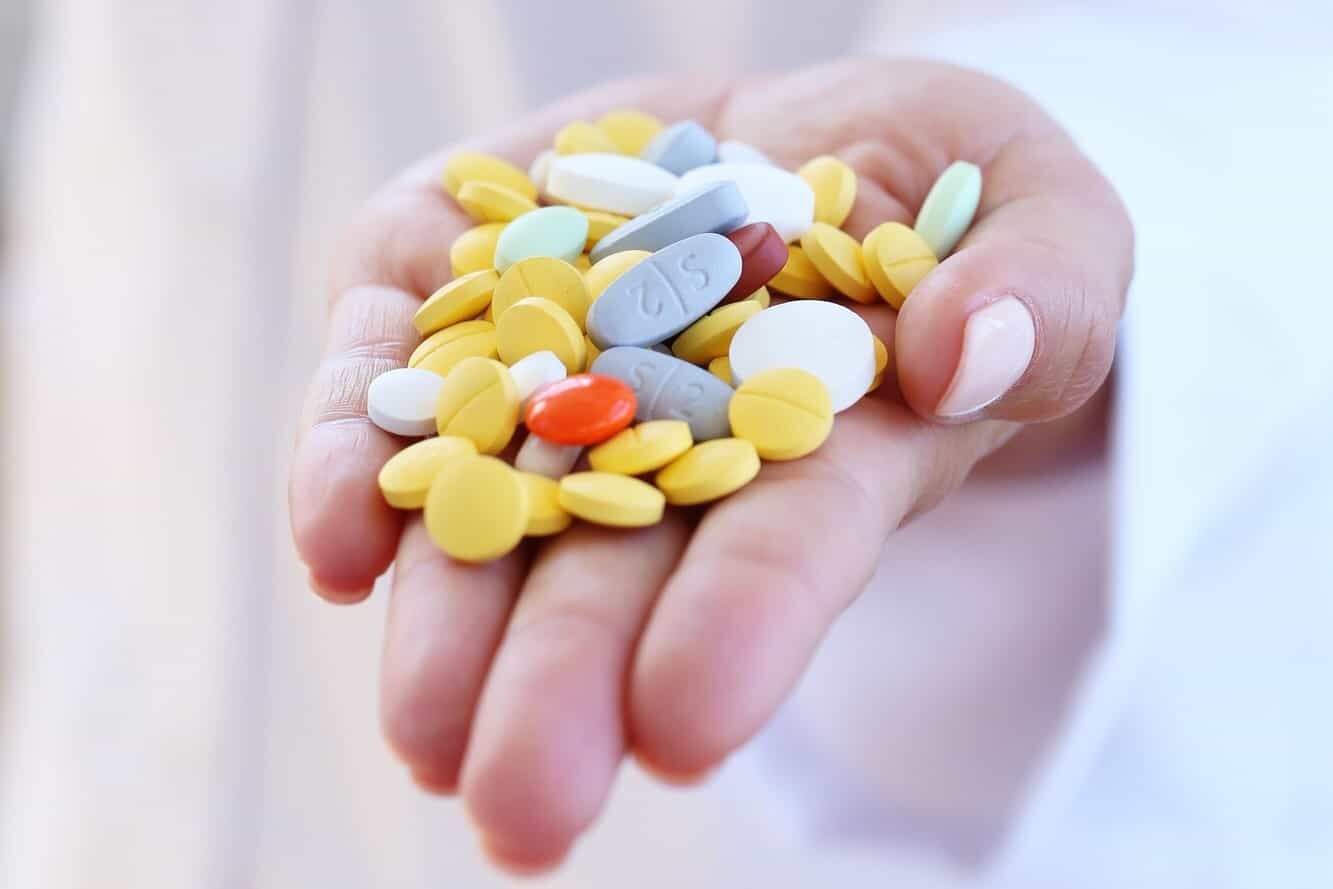
So, how do you choose a memorable tablet coating color to set your product apart? This article will arm you with the expertise to select the right color and shade for your tablets.
What is Tablet Coating Color?
Color is a kind of sensory characteristic. It makes the first impression of the pills before their shape, smell, and even efficacy.
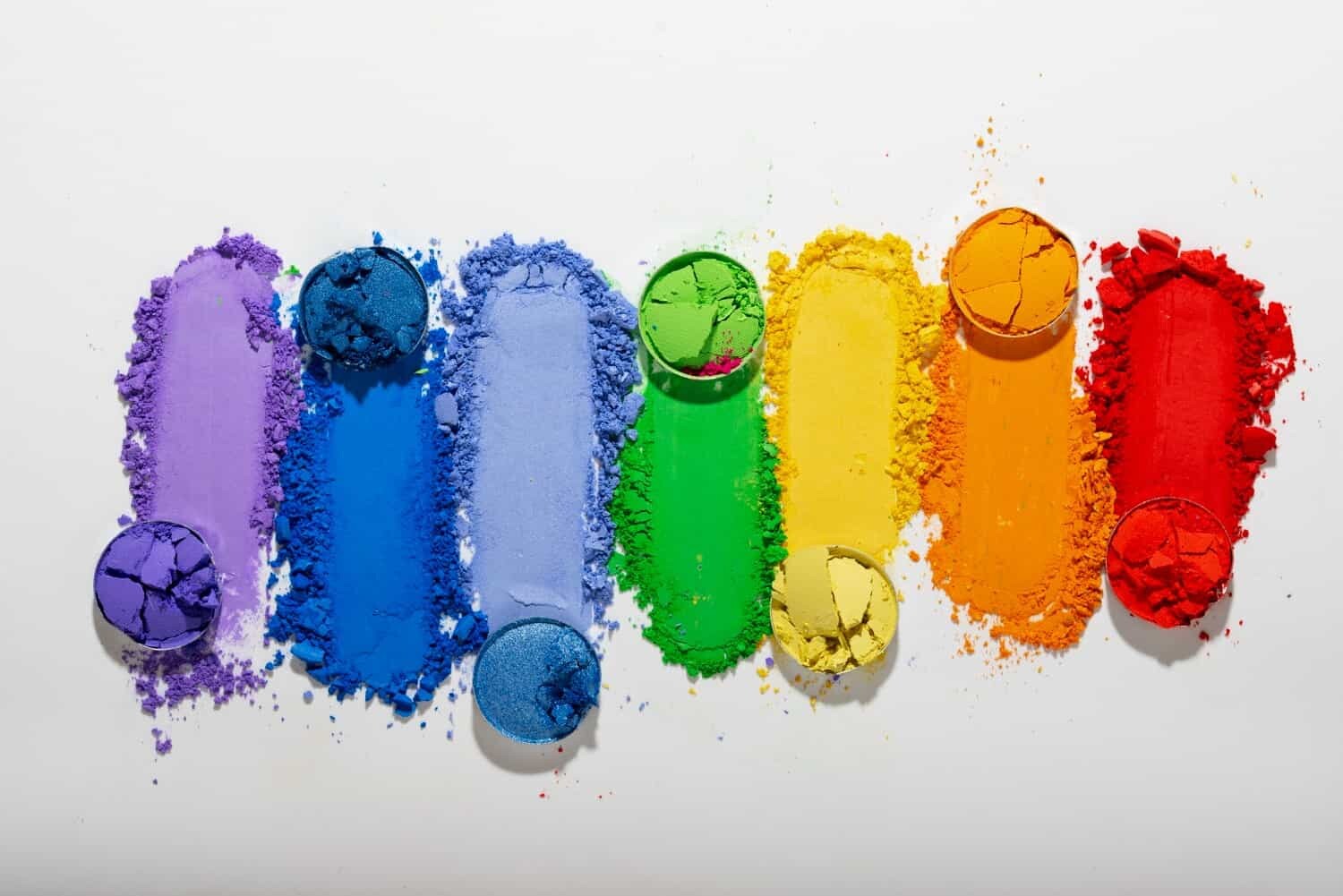
Tablet coating color refers to the hue applied to the outer layer of a pharmaceutical tablet. The hue is usually achieved using various dyes, pigments, or coloring agents. Tablet coating colors must be FDA- or EMA-approved. They should be safe for consumption and do not affect the efficacy of the medication.
Why Use Colors for Tablet Coating?
Tablet coatings are colored for several important reasons:
- Make people feel better.
Though colors will not affect the swallowability or potency of medications, they do have aesthetic appeal to people. In fact, people will be attracted to certain colors of tablets, however unconsciously.
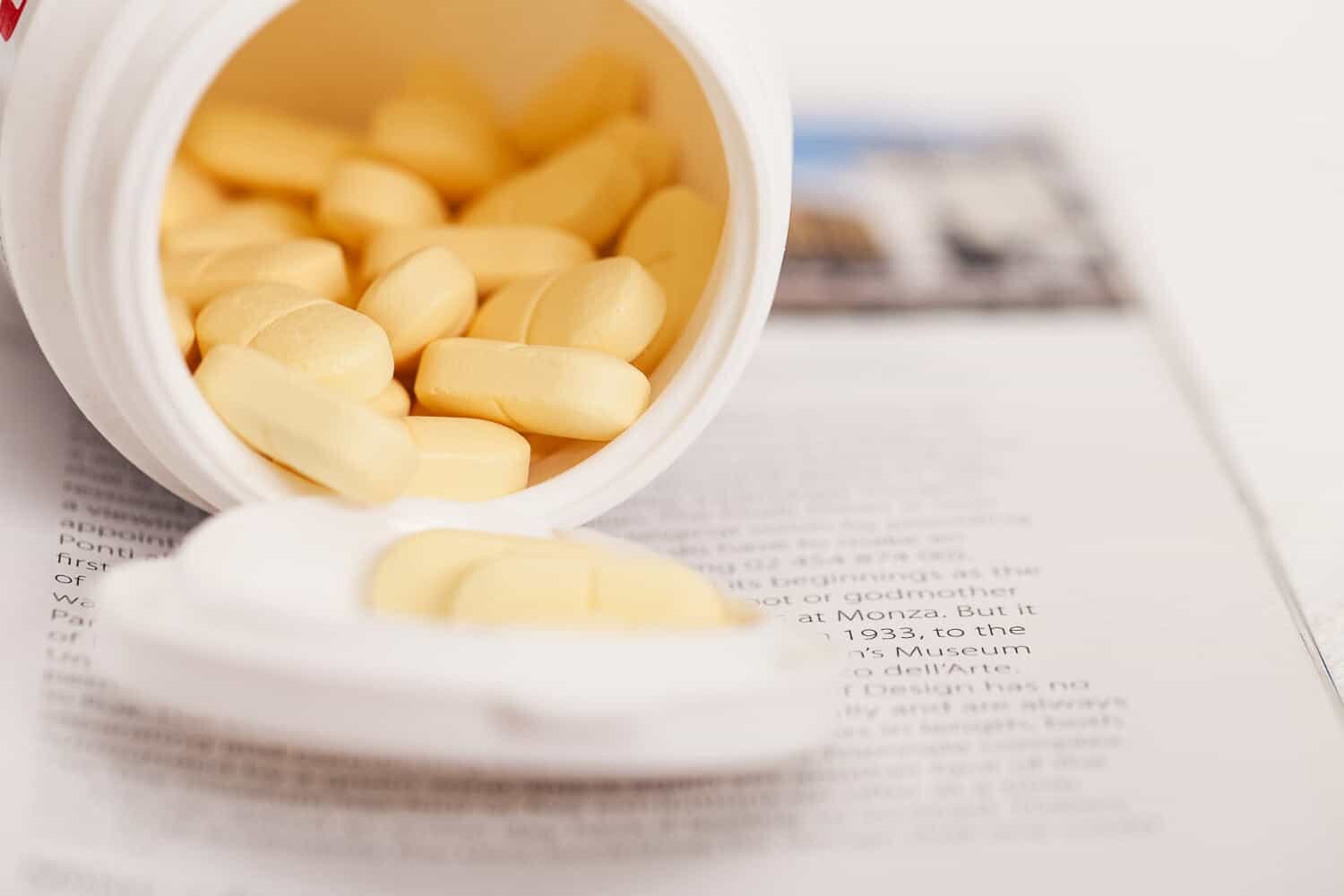
Studies have shown that many adults feel "safer" when taking pills with white, yellow, and pink coatings. For children and people with swallowing trouble, tablet coating color can help them ease the discomfort of taking medications.
- Help identify and differentiate.
Coloring helps patients easily recall their medications. A bottle of colored tablets allows you to identify and differentiate one pill from another.
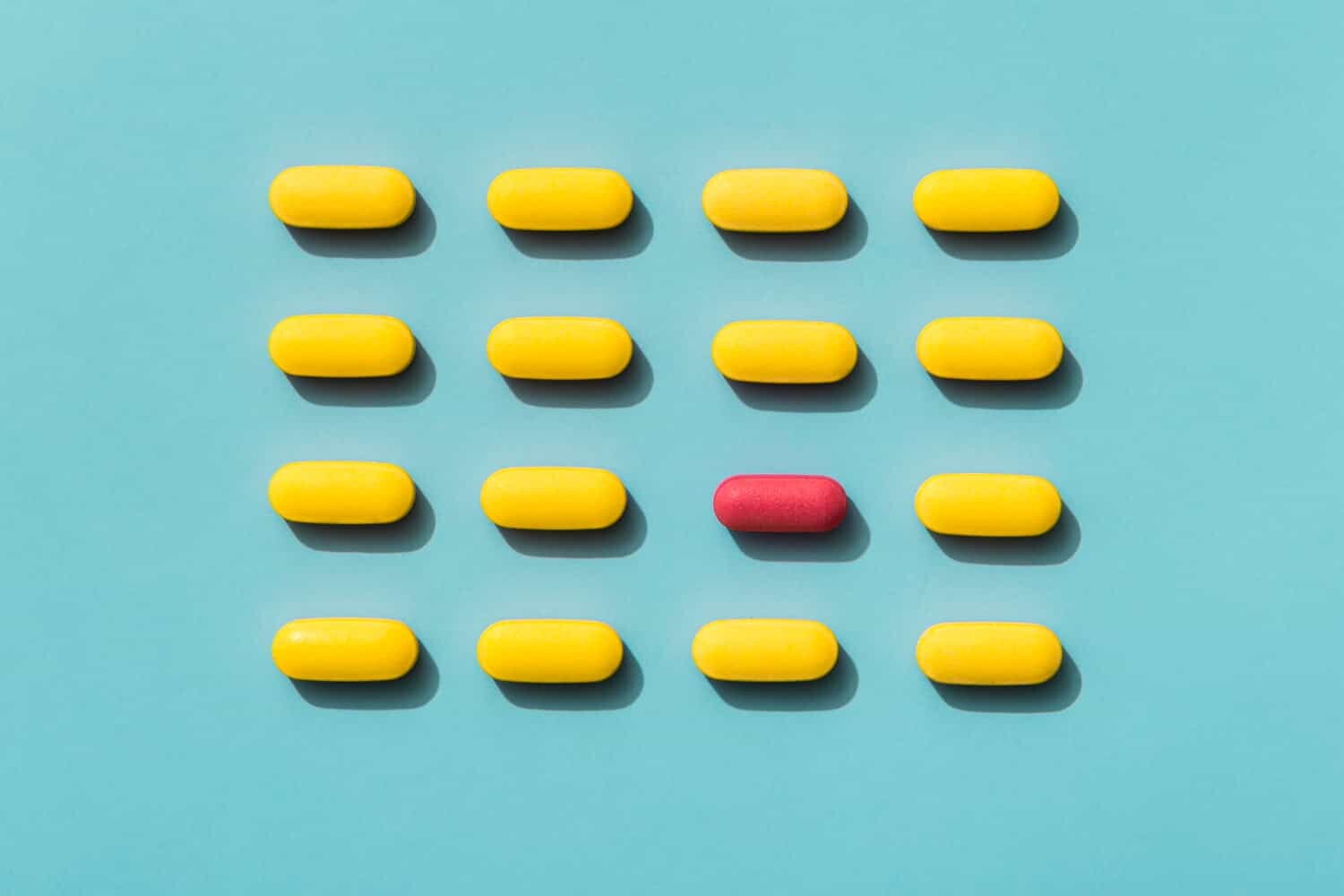
Especially for the elderly and patients who can't read, they often get mixed up medicines of similar size or shape. A specific tablet coating color prevents them from taking the wrong meds. For a busy pharmacist, color differences help dispense medications quickly.
- Good for branding and marketing.
Unique color codes can be a brand's identity. They not only make it easier for patients to recognize your product but also prevent counterfeiting.
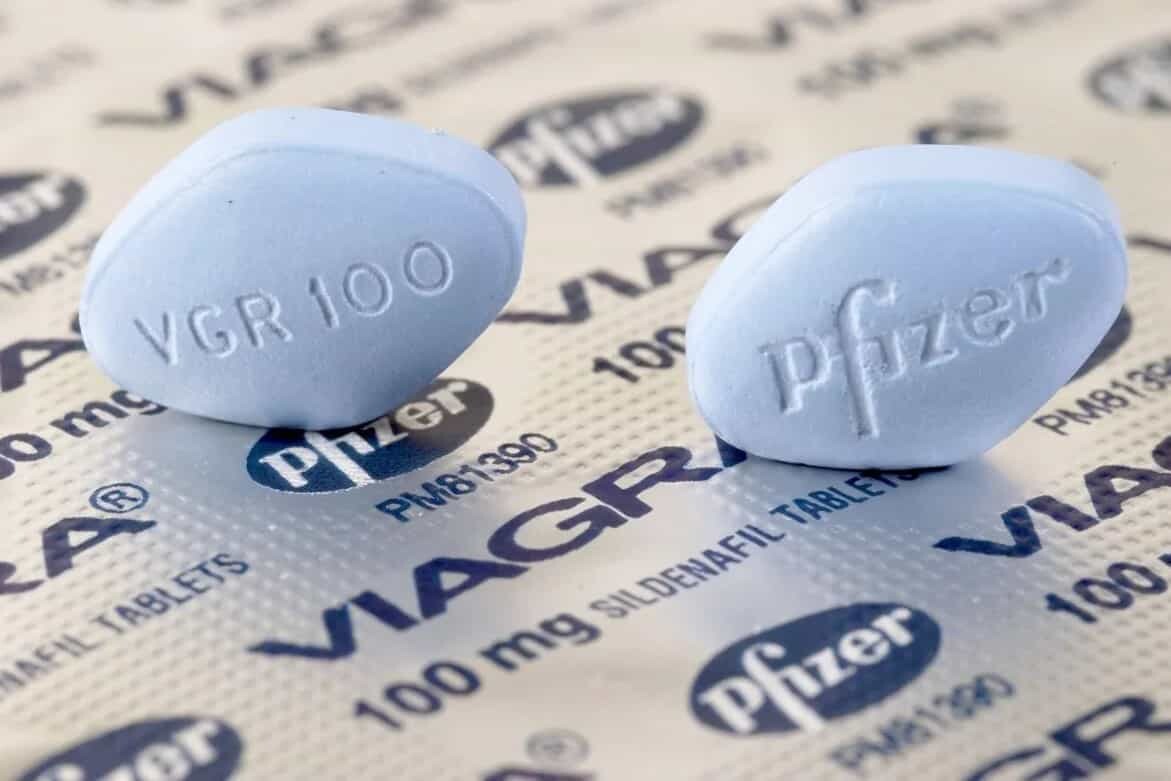
The tablet coating color can impact the patient's impression of your product and increase the recognition of your brand. For instance, when talking about "purple pills," most people will think of omeprazole tablets. Plus, Viagra is known as "the little blue pill."
- Comply with regulations.
Color coding is sometimes required for certain meds. However, not all colors can be used. The selection of tablet coating colors must comply with regulations, such as FDA and EMA guidelines. The options for dyes and pigments can vary based on the regional regulation. Certain colorants may be banned in some countries.
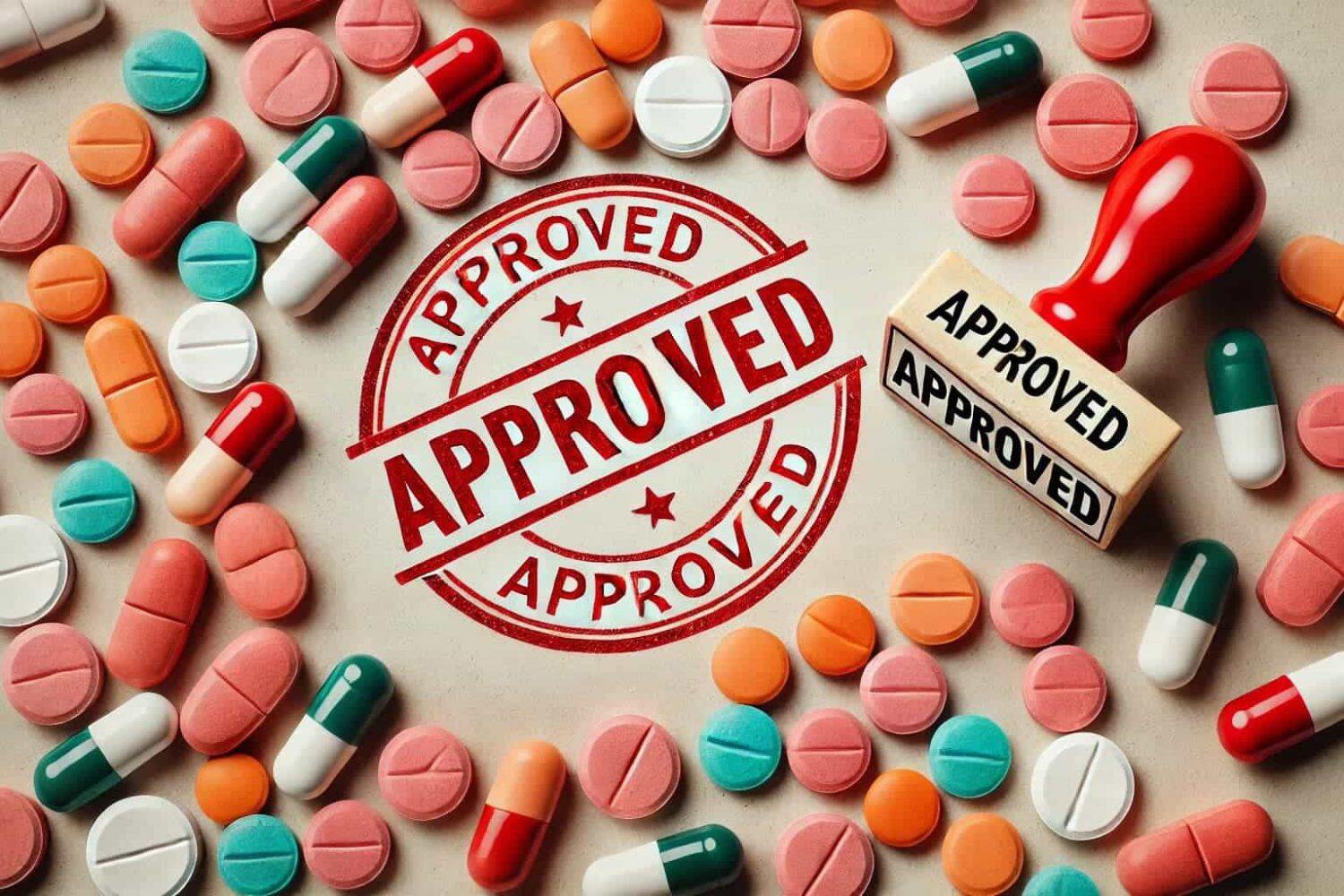
Types of Tablet Coating Colors
There are mainly two main types of tablet coating colors: natural and synthetic.
Natural Colors:
- These are extracted from natural and edible sources like plants and minerals.
- Common sources of natural colors are beetroot (pink), anthocyanins (blue), annatto (orange), chlorophyllin (green), turmeric (yellow), and beyond.
- Natural colorants are free from additives and safer for consumption. But these colors may be less vibrant compared to synthetic ones.
Synthetic Colors:
- These are chemically formulated colors. They often provide more vivid hues than natural colors.
- Synthetic colors include dyes and pigments. For instance, FD&C and D&C dyes and lakes are certified colors used in the U.S.
- Synthetic colors are stable and cost-effective, so they are popular among supplement manufacturers. However, due to health concerns, some colorants are limited in use. For example, titanium dioxide is banned in the E.U., but it still can be used in the U.S. and Canada.
How to Color Coated Tablets
1. Prepare the coating solution.
First, you pick your colors. The coloring step in the process of sugar coating or film coating is almost the same. Choose natural or synthetic pigments depending on the final hue you want. Mix these colorants with syrup, polymers, and other solvents to create your coating solution.
2. Get tablets ready.
Check if the tablets to be colored are dry and have a smooth surface. Any defects can mess up the coloring and coating result.
3. Color and coat the tablets.
There are a couple of methods:
- Pan Coating: This uses a rotating coating pan to allow tablets to tumble inside. Meanwhile, the coating solution is sprayed onto them.
- Fluid Bed Coating: Tablets are air-suspended in a chamber. As with the pan coating method, the coating solution is sprayed onto them.
4. Dry the colored tablets.
This step is to get rid of any solvents by drying the tablets. It's usually done with hot air during the coating process itself.
5. Perform quality control.
Now, you check if the coating is even and matches the color standard without flaking off.
Tips and Best Practices
- Regulatory Compliance: Always use colorants and coating materials approved by relevant authorities like the FDA or EMA.
- Experimentation and Testing: Perform testing first. It can help optimize the coloring effect and process parameters before full production.
How to Select the Right Tablet Coating Color
Now, it's time to pick your tablet coating color. Consider the following aspects before making any move.
1. Different countries have specific regulations about the use of certain colorants for drugs. For instance, some dyes and pigments are banned by the FDA in the U.S., but the EMA in Europe allows their use. These regions might have different lists of approved colorants.
Make sure the colors you choose are compliant with the regulations in all intended markets to avoid legal issues and ensure patient safety.
2. Generally, colorants for use in drugs are safe to eat, but some may cause allergies to sensitive consumers. So, you'd better choose hypoallergenic and non-toxic colors to minimize health risks. Natural colorants are also good choices, though they may offer a limited color range.
3. Before putting it into full production, you can test if the colorant you chose is chemically compatible with the tablet ingredients and coating materials. If not, it can lead to discoloration and even impact the tablet's potency and shelf life.
4. Choose the tablet coating color that is appealing to the target consumers. If you already have a brand color palette, you can go for a color that matches your brand aesthetic. This helps make your product eye-catching on the shelf and memorable to consumers.
The Bottom Line
Tablet coating color is more than just an aesthetic choice—it's a key player in patient compliance, brand identity, and product differentiation. By understanding its impact and keeping up with trends and regulations, you can boost your product's success and keep your customers happy.